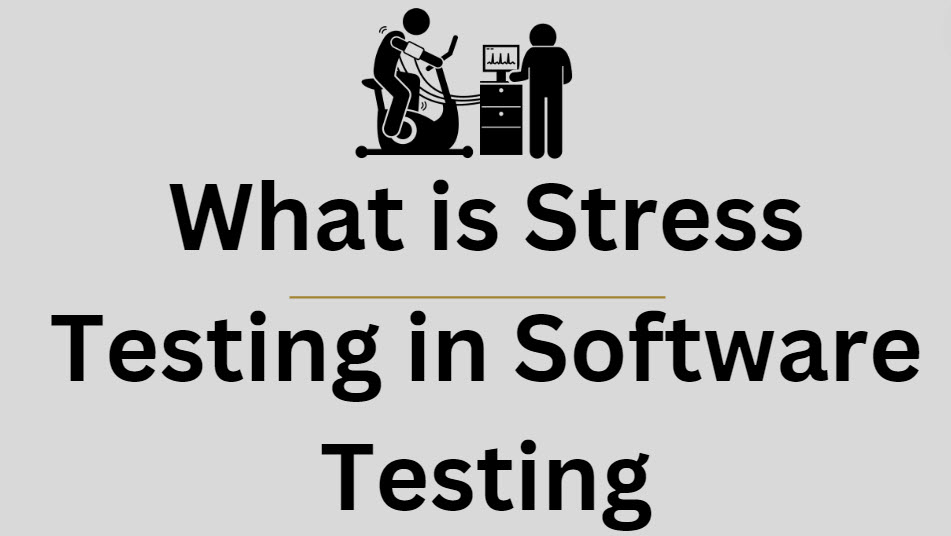Stress testing is a critical component of software quality assurance that pushes systems to their limits to evaluate performance, stability, and reliability under extreme conditions. This testing technique determines the robustness of software by testing beyond the limits of normal operation, providing valuable insights into how an application behaves when stretched to its breaking point.
The primary goal of stress testing is to identify potential weaknesses and bottlenecks in a system before they manifest in real-world scenarios. By simulating conditions that exceed typical usage patterns, developers and testers can uncover issues related to scalability, data processing, and resource management.
This proactive approach helps ensure that software can handle unexpected spikes in user activity, heavy loads, or other challenging situations without compromising functionality or user experience.
Stress testing monitors crucial system resources such as memory, processor, and network usage under intense pressure. By analyzing how these resources perform when pushed to their limits, teams can identify potential failure points and implement necessary optimizations. This process often involves
- Simulating a high number of concurrent users
- Processing large volumes of data in a short time frame
- Running multiple resource-intensive operations simultaneously
- Deliberately reducing system resources to test performance under constraints
One key benefit of stress testing is its ability to reveal how a system behaves when it reaches its breaking point. This information is invaluable for developing robust error-handling mechanisms and recovery procedures.
Stress testing differs from load testing in that it intentionally pushes the system beyond its designed capacity. While load testing focuses on assessing performance under expected peak conditions, stress testing explores the outer limits of what the system can handle. This distinction is crucial for applications that may experience unpredictable usage patterns or sudden surges in demand.
Check out the difference between load and stress testing in software testing
To conduct effective stress tests, specialized tools and techniques are often employed. These tools allow testers to simulate extreme conditions, monitor system performance in real time, and collect detailed metrics for analysis. Some common stress testing scenarios include:
- Sudden and massive increases in user traffic
- Rapid data input or output operations
- Complex database queries under high concurrency
- Network failures or bandwidth limitations
- Sudden server crashes
The insights gained from stress testing are valuable for improving current software and informing future development decisions. By understanding their systems’ limits, development teams can make informed choices about architecture, infrastructure, and scalability strategies.
Moreover, stress testing plays a crucial role in building customer trust and maintaining a positive brand reputation. In today’s digital landscape, where users expect 24/7 availability and seamless performance, the ability to withstand unexpected spikes in demand or challenging conditions is paramount.
In conclusion, stress testing is an essential practice in software development that goes beyond typical quality assurance measures. By pushing systems to their limits, it ensures software stability and performance under extreme circumstances. This proactive approach to identifying and addressing potential weaknesses results in more robust, reliable, and scalable software solutions.

My name is Madhu, and I’m a certified Test Consultant with more than 16 years of hands-on experience developing and maintaining manual and Test Automation in the Software industry. I have experience with automation tools such as Selenium, Katalon Studio, etc.
